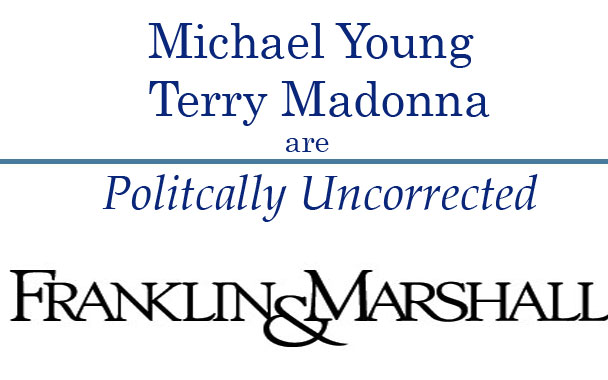A Ringside Seat

If you like white knuckle, top of the ticket, competitive elections, Pennsylvania is your kind of state.
For decades Pennsylvania has been a battleground in presidential contests. A large state with a huge prize of winner take all electoral votes, the state in modern times has balanced its party allegiances between Republican and Democratic parties. Back to 1948, the GOP has won eight of these contests; the Democrats have won 10.
Gubernatorial elections display the same competitiveness. In fact, until the last gubernatorial election Republicans and Democrats had regularly traded the governor’s office every eight years back to the fifties.
However, this edge of the seat style of electoral contest has not extended to congressional elections. Since the 1950’s Republicans have dominated U.S. Senate races in the state, winning 19 of 24. While U.S. House races have been somewhat more competitive, the GOP has also overwhelmingly dominated them since 2010.
But, Republican domination in congressional races may be about to change. In fact, virtually every independent national political analyst believes Pennsylvania to now be the epicenter of political forces about to unleash a blue wave of Democratic victories across the nation.
This belief in a political tsunami is so widespread that one respected Pennsylvania Republican incumbent has been quoted recommending (Republicans) “get off the beach.”
Understanding why so many believe so much havoc is about to be let loose on Republicans is important – not because it is certain to happen- but because it captures the political zeitgeist sweeping the nation early in a midterm election year.
First the obligatory disclaimer: the party in the White House (almost) always loses congressional seats in a midterm election – 32 seats on average, since the Civil War.
But normal midterm anxieties don’t explain the pervasive angst worrying Republicans – nor is it inspiring that a record 58 Democrats have filed for the Pennsylvania May primaries.
Instead, two main factors, almost completely unanticipated, two months ago have converged to put the GOP into panic mode. The first of these was the imposition of a new congressional map by the Pennsylvania Supreme Court; the second was the shocking victory by a Democrat running in a special election in deep-red western Pennsylvania.
Either of these events would have unsettled Republicans. They can lose only 23 House seats without losing control of Congress. Both factors combined have left the GOP stunned.
The new Pennsylvania congressional map establishes districts in which Democrats may be able to flip six or more seats from Republican to Democratic in the next Congress. Already five incumbent Republicans are retiring at the end of the current session while additional GOP held seats are vulnerable in central and western Pennsylvania.
But the new maps are not the sole challenge for beleaguered Republicans. Democrat Connor Lamb’s unexpected special election victory in western Pennsylvania is equally ominous. Republican strategists expected midterm challenges from college-educated voters in the Philadelphia suburbs. But Lamb’s win pointed to larger problems with Trump’s, heretofore, loyal base.
Lamb’s strategy to victory provides a model and a path in deep red Trump districts where Democratic candidates are already adopting Lamb’s strategy.
Aggravating both the new maps and the Lamb shock are the polls showing both the Republican Party and the President losing support among voters.
The most recent Franklin & Marshal College Poll’s “generic ballot”’ reports that 53 percent of Pennsylvania voters “very interested” in the election plan to vote for a Democrat while only 30 percent of those “very interested” in the election will vote Republican – a yawning gap of 23 points favoring Democrats.
At the same time President Trump’s approval rating is only 30 percent suggesting that he may be dragging down the ticket.
The new congressional map, a troubled presidency, loss of “safe seats” and hemorrhaging voter support: these all seem to be creating the perfect storm for a party that just 15 months ago seemed to have a virtual monopoly on national power.
But will all or any of these dire forebodings actually transpire? Some very smart people think so, indeed, think it could get worse.
But we are still some seven months from Election Day – and that is an age in modern politics. Republicans clearly recognize the challenge confronting them while Democrats have shown an impressive gift for wrestling defeat from the jaws of victory.
Meanwhile, the GOP has some big problems, Democrats have some great opportunities and we have some great races to watch. The 2018 midterms are going through Pennsylvania – and keystoners have a ringside seat.




